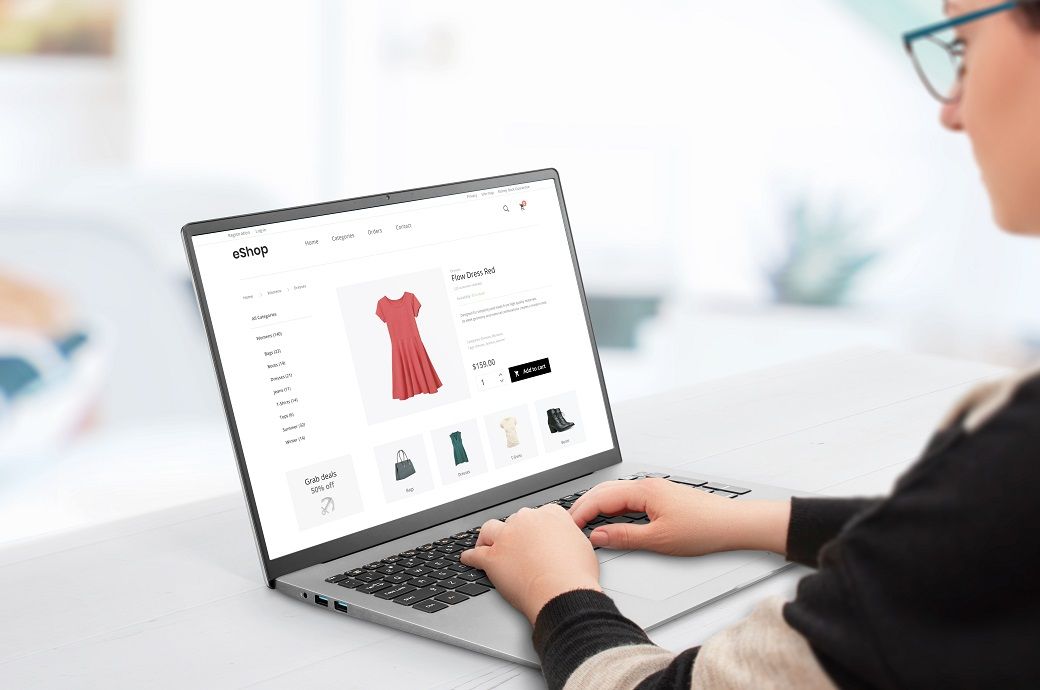
The independent survey engaged 2,693 consumers from Australia, Germany, the UK, and the US. It found that for a significant 57 per cent of participants, the complete shopping experience from research to purchase now occurs online. Although all age groups depend on reviews for buying decisions, younger consumers are more prone to frequent online shopping and rely heavily on visual and social media testimonials.
Consumers were expected to return merchandise worth $816 billion in 2022, based on National Retail Federation data. Thirty per cent of respondents returned goods because the products did not match their online expectations, and 46 per cent abandoned clothing or shoe purchases due to fit uncertainties. A promising 57 per cent said they would be more likely to buy if provided with media like 360-degree images, 3D models, and user-generated videos, as per the Cloudinary Global E-Commerce Survey.
Consumer age also factors into what is considered a great shopping experience. For Gen Z, user reviews with images (63 per cent), text-only reviews (62 per cent), and a detailed product gallery (52 per cent) topped the list. In contrast, the Silent Generation prioritised a detailed product gallery (67 per cent), text-only reviews (60 per cent), and branded product videos (28 per cent).
The survey unveiled other noteworthy findings, including trends in product research, buying habits, device preferences, and how visual content impacts brand trust. About 57 per cent of respondents preferred researching and buying products online, while 28 per cent chose to research online and then buy in-store. A small minority either researched and bought in-store (10 per cent) or researched in-store and then purchased online (5 per cent). In total, 62 per cent expressed that online research plays a critical role in their buying decisions.
When it comes to product research, consumers ranked product reviews (81 per cent), retailer's product pages (56 per cent), conversations with friends (50 per cent), customer-made product videos (37 per cent), and brand videos (27 per cent) as their top criteria. The findings suggest that authentic, user-generated content, such as reviews and real-customer videos, significantly influences consumer behaviour.
There also emerged a clear generational divide in terms of device usage for online shopping. Generation Z (73 per cent) and Millennials (74 per cent) predominantly shop online via their smartphones, indicating the importance of a mobile-first approach for retailers. Additionally, Generation Z was found to be the most likely group to use a brand's app for shopping (26 per cent). Conversely, the majority of Baby Boomers (64 per cent) and the Silent Generation (71 per cent) preferred to shop online using desktop PCs.
Even though only half (52 per cent) of shoppers reported purchasing a product from a brand they were not familiar with, 47 per cent of them were swayed by user images on the product page. This figure compares to only 28 per cent of consumers stating that user images generally make them more likely to purchase an item. Thus, brands can significantly increase their chances of securing sales from unfamiliar buyers by incorporating user-generated visuals in their product pages. This strategy offers a vital avenue for building trust when there is no existing brand awareness or affinity, especially for ambitious smaller brands, the survey added.
Fibre2Fashion News Desk (DP)